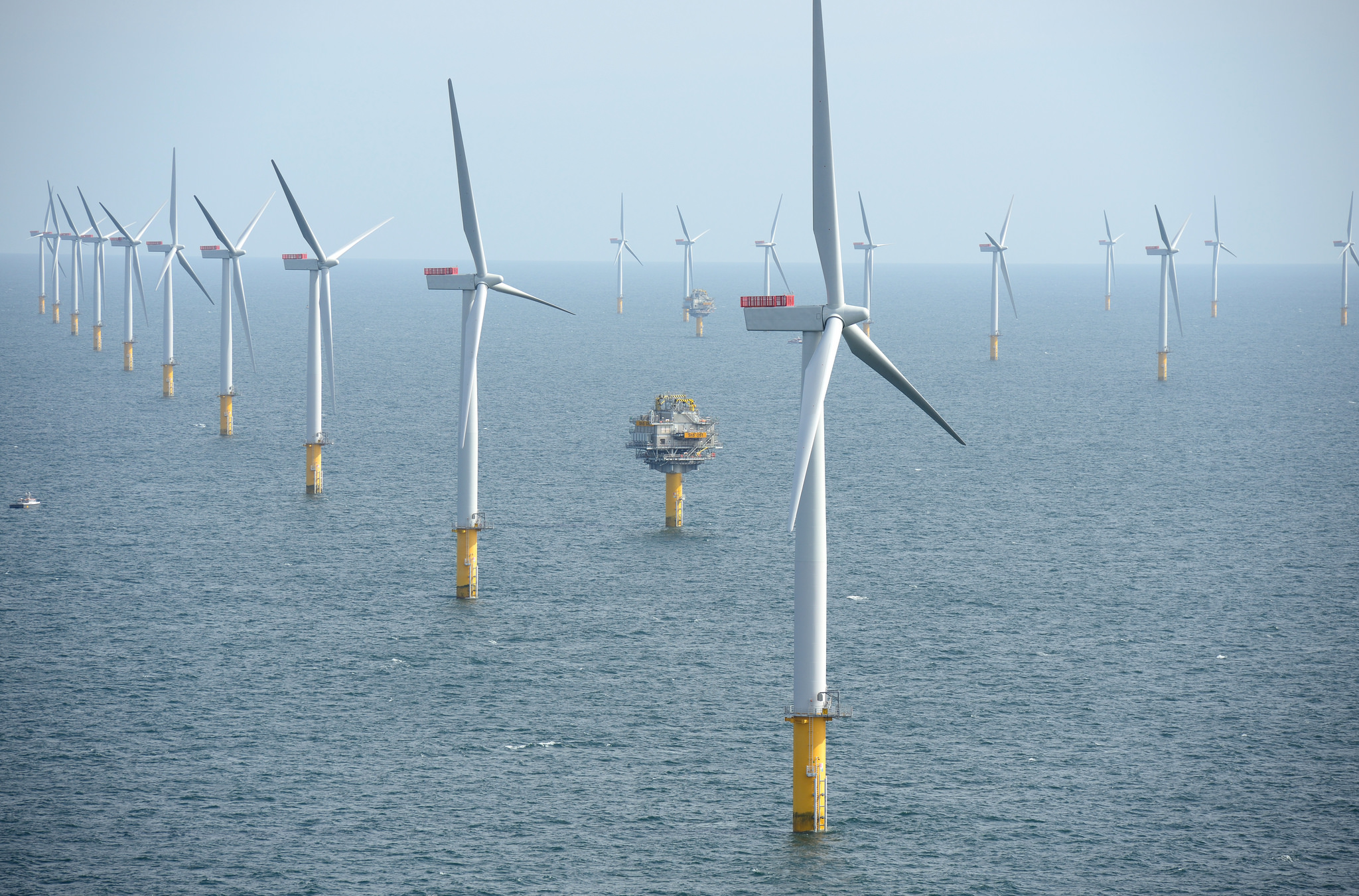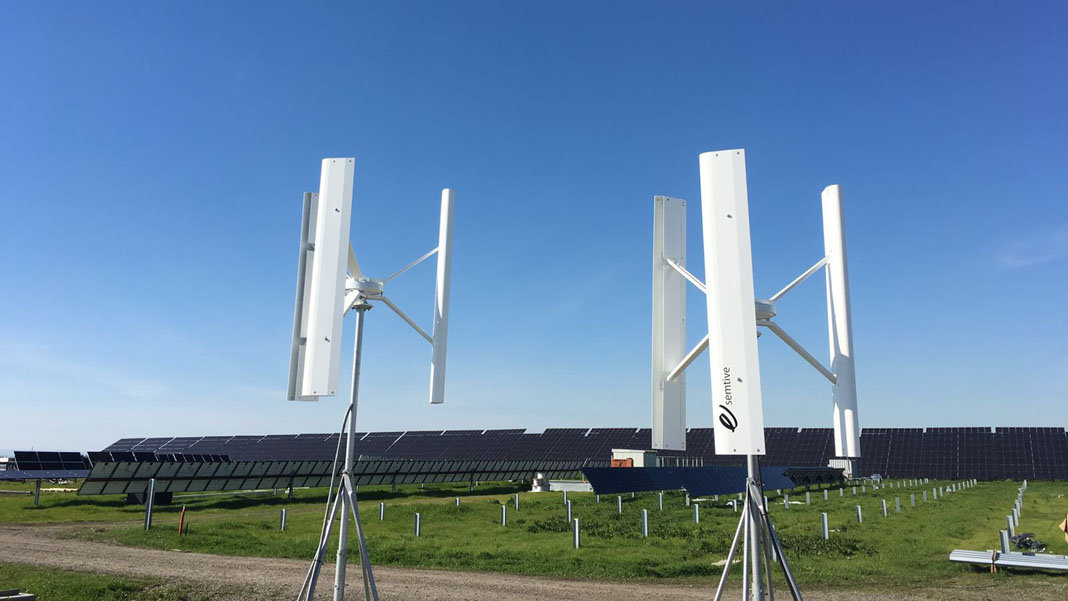In recent years, there has been a significant global shift towards renewable energy sources to combat climate change and reduce reliance on fossil fuels. Wind energy has emerged as a prominent player in this transition, offering abundant resources, zero carbon emissions, minimal land requirements, and economic benefits.
As governments incentivize investments in wind farms through tax credits and Power Purchase Agreements (PPAs), harnessing the power of wind becomes an attractive opportunity for a sustainable future.
Brief History of Wind Energy and Its Role in the Global Energy Transition
Wind energy has been used for centuries, starting with windmills used for grinding grains and pumping water. In the 1970s, wind power gained traction as a viable source of electricity generation. Technological advancements and growing environmental concerns have driven the global growth of wind energy installations.
Today, wind turbines generate clean and reliable electricity worldwide. This surge in wind power capacity positions it as a key player in achieving sustainability goals and reducing greenhouse gas emissions. Governments’ support for renewable energy policies is expected to drive continued demand for wind energy.
Investing in Wind Energy ETFs provides an opportunity to participate in this sector’s growth while supporting sustainable development. These investments contribute to creating a greener future by supporting innovation and technological advancements in the field.
Exploring the Benefits of Investing in Exchange-Traded Funds (ETFs)
Investing in individual stocks can be time-consuming and risky, especially without extensive research. That’s where exchange-traded funds (ETFs) come in. ETFs offer an efficient way to gain exposure to a diverse range of assets within a specific sector or theme.
Wind energy has emerged as a promising sector in recent years due to its renewable nature and environmental benefits. By investing in wind energy ETFs, investors benefit from professional management and diversification across multiple companies involved in wind power technologies.
ETFs provide liquidity through easy buying and selling on stock exchanges, making them convenient for both individual and institutional investors. With wind energy ETFs, investors can access a portfolio of companies engaged in turbine manufacturing, project development, and renewable energy infrastructure.
Advantages of Focusing on Wind Energy within the Renewable Sector
Investing in wind energy within the renewable sector has numerous advantages. Wind power is a mature and established form of renewable energy, with a successful track record globally. It offers stability, continuous technological advancements, and government support, providing a strong foundation for long-term growth.
One key advantage of wind energy is its scalability. Large-scale wind projects have been successfully implemented worldwide, allowing for cost reductions over time. As the demand for clean energy rises, wind power can play a crucial role in meeting this demand sustainably.
Additionally, wind energy is environmentally friendly, producing no greenhouse gas emissions or air pollution during operation. It also brings economic benefits through job creation and financial incentives for local communities hosting wind farms.
Technological advancements have made modern wind turbines more efficient than ever before, increasing electricity generation capacity and reducing costs. By diversifying our renewable portfolio with wind energy, we strengthen our overall energy security while contributing to mitigating climate change.
In summary, focusing on wind energy within the renewable sector offers stability, scalability, environmental friendliness, economic benefits, technological advancements, and enhanced energy security. By embracing wind power, we can meet the growing demand for clean energy and drive sustainable development.
Potential for Long-Term Growth and Sustainability in Wind Energy Investments
Investing in wind energy offers attractive long-term growth prospects. As countries strive to reduce their carbon footprint, the global wind power market is expected to expand significantly. Installed wind capacity is projected to increase by over 60% by 2030, according to the International Renewable Energy Agency (IRENA).
Ongoing research and development efforts focused on improving turbine efficiency and reducing costs are likely to enhance the profitability of wind energy companies. With technological advancements driving down prices, wind power is becoming increasingly competitive with conventional electricity generation.
Investors who position themselves early in this growing industry stand to benefit from potential capital appreciation and stable returns over time. By investing in wind energy ETFs, individuals can tap into a diversified portfolio of companies operating within the sector, mitigating risks associated with individual stock selection.
Definition and Explanation of ETFs as Investment Vehicles
Exchange-traded funds (ETFs) are investment funds that trade on stock exchanges similar to individual stocks. They track the performance of an underlying index or sector, providing diversification across multiple securities within that index or sector.
ETFs offer investors exposure to specific market segments, such as wind energy, without the need to buy individual stocks. They provide liquidity, transparency, and cost-efficiency compared to other investment options.
ETFs have gained popularity due to their simplicity, flexibility, and potential for long-term growth opportunities within targeted sectors or indices.
Overview of Wind Energy ETFs and their Unique Features
Wind energy ETFs are investment vehicles that focus on companies involved in the production, distribution, or development of wind power technologies. These funds prioritize sustainability and environmental responsibility by investing in firms committed to renewable energy generation.
With a diversified portfolio of stocks from various sectors within the wind energy industry, these ETFs offer investors exposure to different segments of the market while spreading risk. Additionally, wind energy ETFs provide liquidity, flexibility, and potential dividend income based on underlying stock performance.
By investing in these funds, individuals can align their values with their investment goals and contribute to the transition towards cleaner sources of energy.
Different Types of Wind Energy ETFs Available
Wind energy ETFs provide investors with a way to participate in the renewable energy sector, specifically focusing on the wind power industry. There are two main types: diversified funds that include multiple clean energy sources and specialized funds that concentrate solely on wind power.
Choosing between them depends on an investor’s risk tolerance and investment objectives. Evaluating factors such as expense ratios, performance, and underlying holdings can help determine which wind energy ETF is the best fit for individual goals.
Overall, wind energy ETFs offer an opportunity to invest in the growth and potential of this sustainable industry.
[lyte id=’ECth55WLXQ4′]






